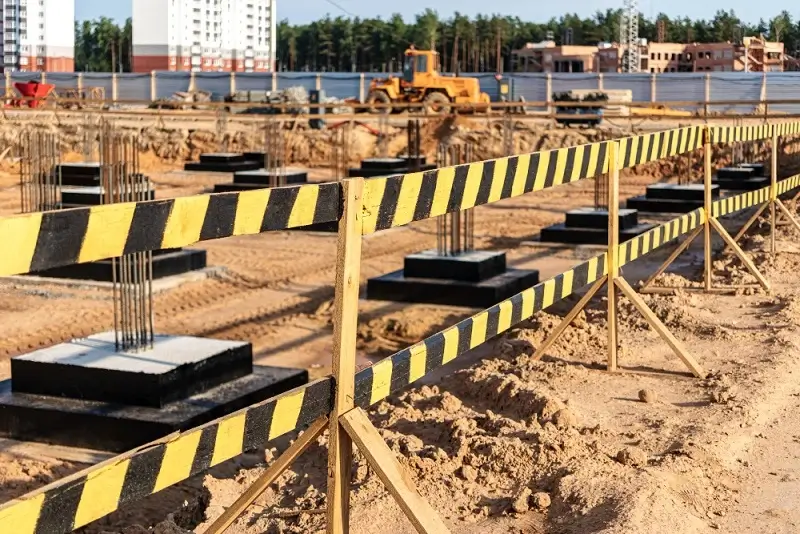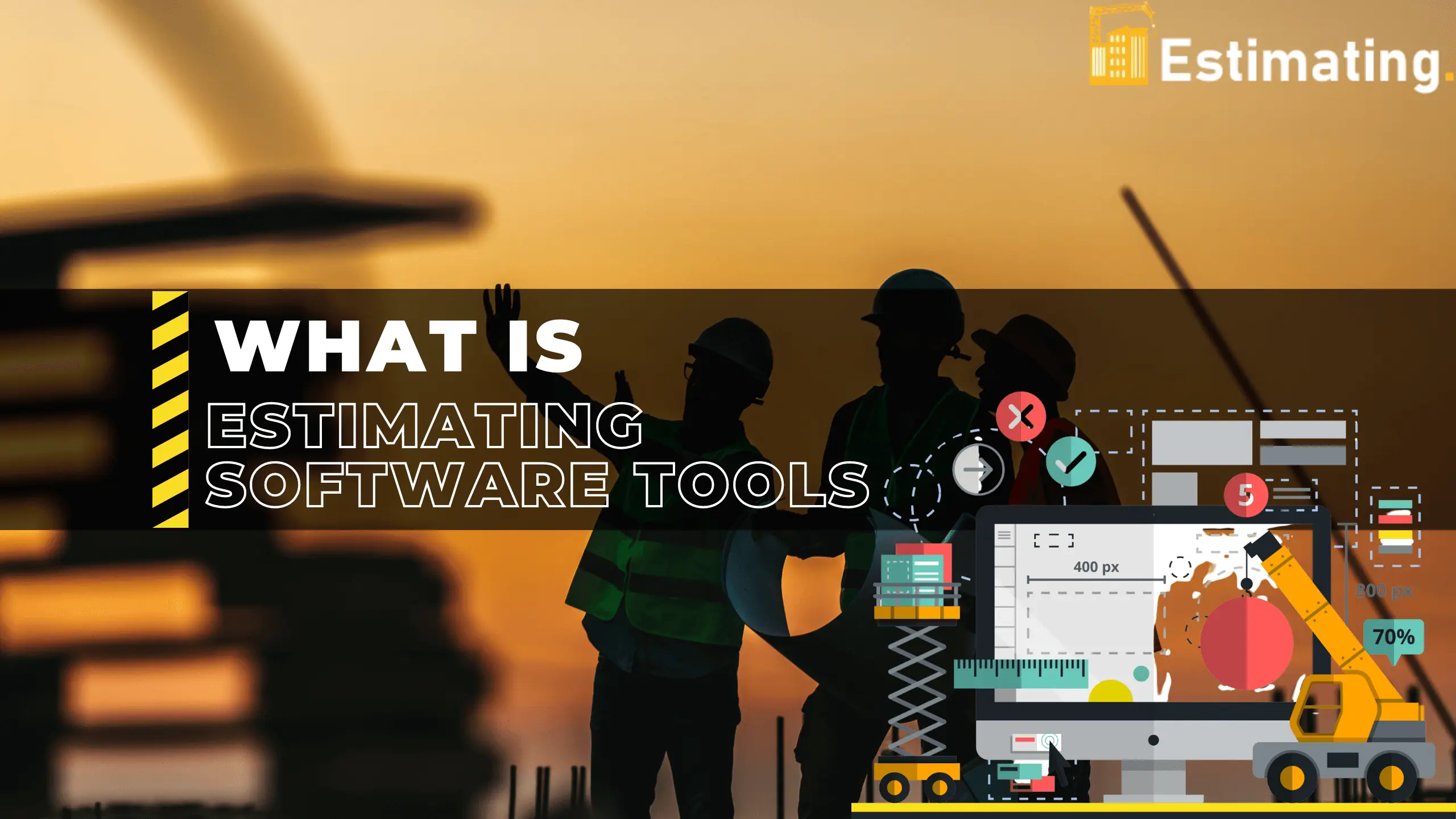Cut and fill estimate is a critical aspect of construction and civil engineering projects. It involves determining the volume of earth that needs to be excavated (cut) and the volume that needs to be added (fill) to achieve the desired grading or elevation on a construction site. Accurate cut and fill estimates are essential for project planning, budgeting, and ensuring the efficient use of resources. In this article, we will delve into the intricacies of how we calculate cut and fill estimates, highlighting our approach, the science behind it, the technology we employ, and our commitment to transparent calculation methods.
Our Approach to Cut and Fill Estimation
At the heart of our cut and fill estimation process is a commitment to precision and professionalism. We understand that every construction project is unique, with its specific challenges and requirements. Our approach is tailored to address these unique aspects while adhering to industry best practices.
- Site Survey and Data Collection: The foundation of any accurate cut and fill estimate begins with a comprehensive site survey. Our team of experienced surveyors meticulously measures and records data related to the existing topography, soil composition, and any other relevant site conditions. This data forms the basis of our estimation process.
- Detailed Project Analysis: Once we have gathered the necessary site data, our estimators conduct a detailed analysis of the project’s design plans and grading requirements. We work closely with architects, engineers, and project managers to ensure a thorough understanding of the project’s scope and objectives.
- Cut and Fill Calculation: Using state-of-the-art software and advanced algorithms, we calculate the cut and fill volumes required for your project. Our calculations take into account factors such as slope, elevation changes, and soil types to provide highly accurate estimates.
- Risk Assessment: In addition to providing estimates, we conduct a risk assessment to identify potential challenges and contingencies that may impact the excavation and fill processes. This proactive approach allows us to develop strategies for mitigating risks and ensuring the project stays on schedule and within budget.
- Continuous Communication: Throughout the estimation process, we maintain open lines of communication with our clients, architects, and engineers. We believe that transparency and collaboration are key to successful projects, and we keep all stakeholders informed of our progress and findings.
The Science Behind Cut Fill Estimating

Cut and fill estimation is not just about crunching numbers; it’s also a science that involves a deep understanding of soil mechanics, topography, and geotechnical engineering. Here’s a closer look at the scientific principles that underpin our estimation process:
- Soil Analysis: Soil composition varies from site to site and can greatly affect excavation and fill operations. Our estimators analyze soil samples to determine factors such as cohesion, density, and shear strength. This information is crucial for accurate estimation.
- Topographic Mapping: Accurate topographic maps are essential for understanding the site’s existing contours and elevations. We use advanced surveying equipment and aerial imagery to create detailed topographic maps that serve as the foundation for our calculations.
- Geotechnical Engineering: The principles of geotechnical engineering play a significant role in cut and fill estimation. We assess factors such as soil compaction, settlement potential, and bearing capacity to ensure that the project’s foundation and earthwork are designed to withstand the intended loads and conditions.
- Hydrology and Drainage: Proper drainage is critical for the long-term stability of any construction project. We take into account hydrological factors such as rainfall, groundwater levels, and water flow patterns to design effective drainage solutions as part of our estimation process.
Cutting-Edge Technology for Estimating
In the modern construction industry, technology is a powerful tool that enhances the accuracy and efficiency of cut and fill estimation. Our commitment to staying at the forefront of technological advancements sets us apart in the field of estimation.
- 3D Modeling: We employ cutting-edge 3D modeling software to create detailed representations of the construction site. These models allow us to visualize the proposed grading changes and calculate cut and fill volumes with exceptional precision.
- GIS (Geographic Information Systems): GIS technology enables us to integrate geographical data into our estimation process. This includes factors such as soil maps, land use data, and environmental considerations, all of which contribute to more informed and accurate estimates.
- Machine Learning and Artificial Intelligence: Our estimators leverage machine learning algorithms to analyze historical project data and identify patterns that can inform our estimates. This data-driven approach enhances the accuracy of our calculations.
- Remote Sensing and Aerial Imaging: Satellite imagery and aerial drones provide us with up-to-date, high-resolution images of the construction site. This data is invaluable for tracking changes in topography and site conditions over time.
- Real-Time Data Integration: We have invested in systems that allow us to integrate real-time data from on-site sensors and monitoring devices. This data helps us adapt our estimates to changing conditions during the course of a project.
Transparent Cut Fill Calculation Methods
Transparency is one of our core values when it comes to cut and fill estimation. We believe that our clients deserve to understand the basis of our calculations and the factors that influence our estimates. Here’s how we ensure transparency in our calculation methods:
- Clear Documentation: We provide detailed documentation of our estimation process, including the data sources, assumptions, and methodologies used. This documentation is made available to our clients for review and reference.
- Regular Reporting: Throughout the project, we provide regular reports that include updates on the progress of excavation and fill operations. These reports also compare our estimated volumes to actual volumes, allowing for transparency and accountability.
- Client Consultation: We encourage open dialogue with our clients and welcome any questions or concerns they may have regarding our estimation methods. Our team is readily available to provide explanations and clarification as needed.
- Review and Verification: Before finalizing our estimates, we conduct internal reviews and verification processes to ensure the accuracy of our calculations. This commitment to quality control is integral to our transparency efforts.
Conclusion
Cut and fill estimation is a multifaceted process that combines science, technology, and a commitment to transparency. Our approach is grounded in sound engineering principles, supported by advanced technology, and driven by a dedication to providing our clients with the most accurate and reliable estimates possible. Whether you’re embarking on a small-scale construction project or a large-scale development, our team is equipped to deliver the precision and professionalism you need to ensure the success of your endeavor. We invite you to reach out to us for all your cut and fill estimation needs, and experience firsthand the difference that our expertise and commitment to excellence can make in your project.






